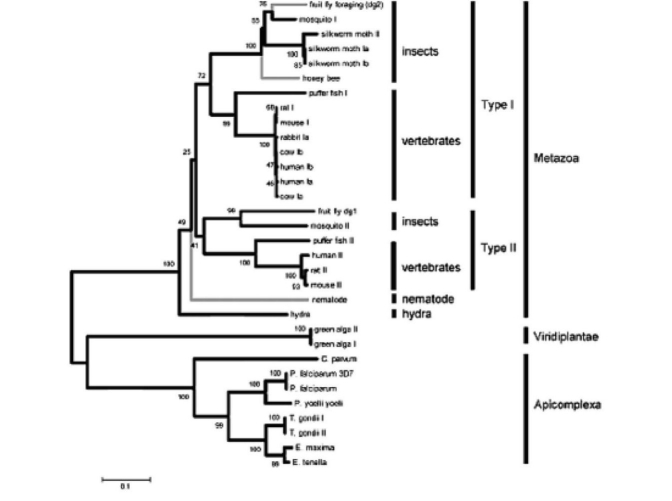Figure 51.6 Use the following information and the figure below when answering the corresponding question(s) .
The following are an abstract and figure from a paper that explores the evolutionary relationship between a protein kinase and behavior (M. Fitzpatrick and M. Sokolowski. 2004. In search of food: Exploring the evolutionary link between cGMP-dependent protein kinase (PKG) and behaviour. Integrative and Comparative Biology 44:28-36) .
Abstract:
Despite an immense amount of variation in organisms throughout the animal kingdom many of their genes show substantial conservation in DNA sequence and protein function. Here we explore the potential for a conserved evolutionary relationship between genes and their behavioural phenotypes. We investigate the evolutionary history of cGMP-dependent protein kinase (PKG) and its possible conserved function in food-related behaviours. First identified for its role in the foraging behaviour of fruit flies, the PKG encoded by the foraging gene had since been associated with the maturation of behaviour (from nurse to forager) in honey bees and the roaming and dwelling food-related locomotion in nematodes. These parallels encouraged us to construct protein phylogenies using 32 PKG sequences that include 19 species. Our analyses suggest five possible evolutionary histories that can explain the apparent conserved link between PKG and behaviour in fruit flies, honey bees and nematodes. Three of these raise the hypothesis that PKG influences the food-related behaviours of a wide variety of animals including vertebrates. Moreover it appears that the PKG gene was duplicated some time between the evolution of nematodes and a common ancestor of vertebrates and insects whereby current evidence suggest only the for-like PKG might be associated with food-related behaviour.

Neighbour joining trees depicting the evolutionary relationships of 32 PKG kinase domain and C-terminal amino acid sequences spanning 19 species of protozoans and metazoans. Values at the nodes represent the results of 5000 bootstrap replications. Lineages with known behavioral links with PKG are indicated by grey branches.
-Using the information above,and knowing that the PKG encoded by the foraging gene has recently been associated with the maturation of out-of-nest behavior in honeybees,what would be a logical explanation for this relationship?
Definitions:
Bias Against Women
Prejudice or unjust treatment directed towards women based on their gender.
Origins Of Prejudice
The underlying causes and factors that lead to the formation of prejudicial attitudes and beliefs towards others, often rooted in societal, cultural, or psychological influences.
Stereotypes
Oversimplified generalizations about a group of people that often do not consider individual differences, leading to misconceptions and biases.
Evolutionary Processes
Natural mechanisms that drive the gradual development of living organisms over generations, such as natural selection and genetic drift.
Q11: Whitebark pine frequently grows in clumps of
Q20: Tissues of sharks are isotonic to seawater,but
Q20: Why do Na⁺ ions enter the cell
Q25: If 60 snow geese were alive in
Q25: Pit vipers can detect and strike in
Q27: If a person were to have a
Q29: When an action potential from a motor
Q48: If two countries had completely free trade
Q49: Why is the People's Republic of China
Q61: What is NOT a core element of